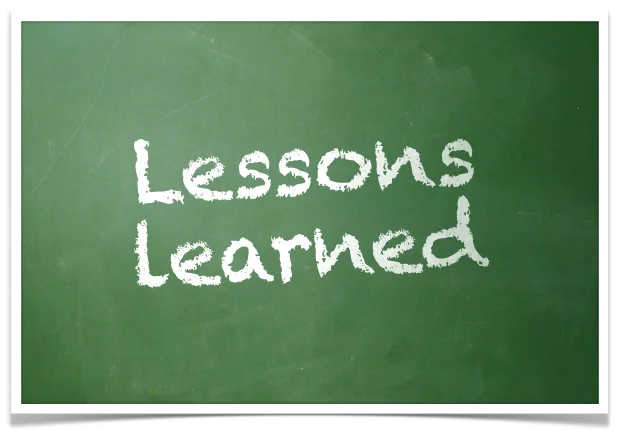The use of metaphors, analogies, and similes are excellent ways to spark innovative thinking. Building a habit of thinking in terms of metaphors, similes, and analogies allows one to develop a new perspective. Seeing connections in a new light can result in creative solutions to problems. In addition, all three of these makes the brain work harder as it looks at the familiar in a new (often strange) light, or the strange in a familiar light.
After-action Review
Your team has been working for months on the new product rollout. Product photos and videos have been produced and launched. Media events are moving along and social media plans are engaging with consumers. Sales people are meeting with retailers to demonstrate the new product and educate staff. National advertisements are launched and hitting large regional markets. But something is not right.
Innovation Within Bureaucracy
Many of us who work within large bureaucratic organizations feel innovation is impossible. Too often ideas are shot down quickly due to multiple reasons. Worse, the fear of risk, i.e., loss, overshadows the desire to win. This internal mindset creates a culture focused on incremental changes rather than radical innovations.
Get to the Point
To ensure your thoughts and ideas are properly communicated you need to constantly improve your writing skills. The book Get to the Point by Elizabeth Danziger is an excellent reference to ensure simple and clear writing. Danziger offers multiple recommendations to become a better writer.
Typical techniques for improved writing, such as breathing, exercising, and reviewing sources are within the book. In addition, Danziger focuses on key areas to plan your writing. Planning is the most critical area to successful writing. The author focuses on three Ps. The three Ps are purpose, person, and point.
Innovation: Nature or Nurture
An ongoing debate regarding innovation is are we born with the skill or can it be acquired? Can anyone become like Steve Jobs, Thomas Edison, or Jeff Bezos? The researchers are still debating this, but ANYONE can improve their creativity and innovative strength. This is not some feel-good advice, but well studied research with many case studies.
The USMC and Innovation
Commandant General Robert Neller is looking to encourage innovative and creative thinking and challenging the status quo. Typical talk for a Fortune 500 CEO, but truly earth-shattering for an organization build on following rules, listening to superiors, and following orders without question. The admission of a problem is the first step to change.
SMART Goals
When developing plans, it is critical to develop goals. Developing clear, specific goals helps you focus and ensure you operate effectively and efficiently. Time is the most valuable resource you have and you must create a clear roadmap to achieve business success. Developing SMART goals ensures you stay laser focused on achieving your targets.
Kaizen Comedy
As a business professional, you can develop a kaizen philosophy learning from stand-up comedians. Don’t laugh, successful comedians live and breathe based on a mindset (and practice) of continuous improvement. Never being satisfied with their current work, they continually refine and change their jokes and stories. They embrace failure based on “bombing” and then going back and rewriting their jokes.
Podcasting 101
Market Research: Biases & Ethics
When conducting market research (MR), two key areas to be aware of are biases and ethics. Bias is defined as prejudice in favor of or against one thing, person, or group; typically in an unfair way. Ethics are the moral principles that govern your behavior or how you conduct an activity. In this age of fake news, it is critical to ensure your research minimizes bias (yours and respondents) and you conduct ethical research. Conducting your research with minimal bias and with an ethical behavior is critical as a provider of market information to drive decision making, solve problems, or identify new opportunities.










